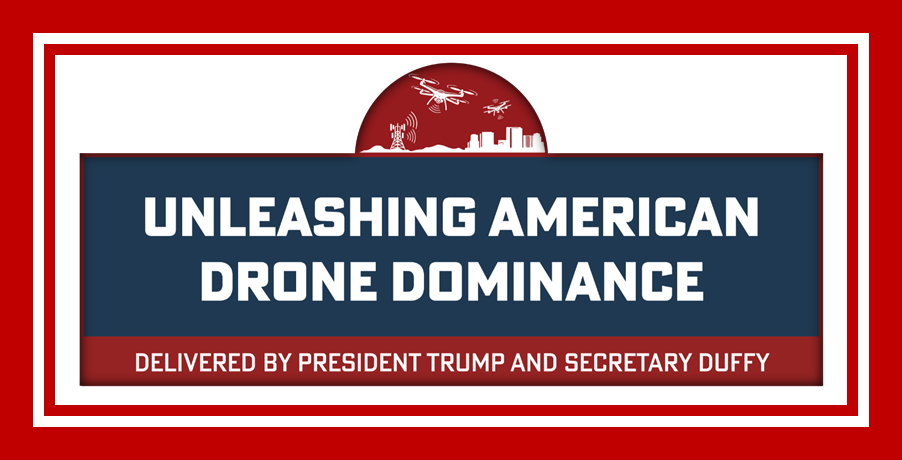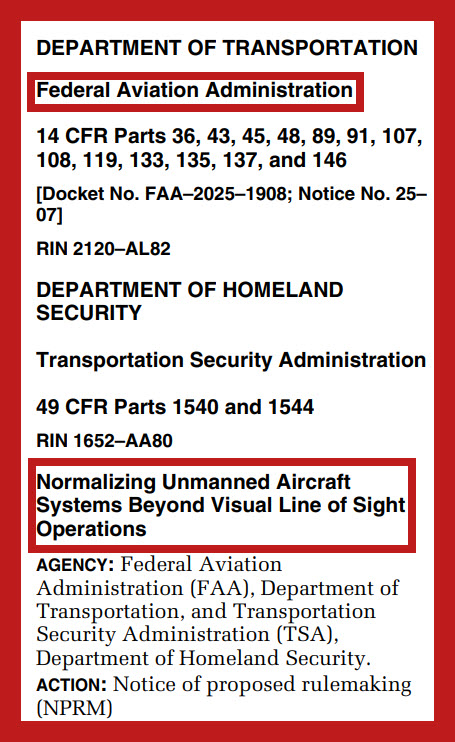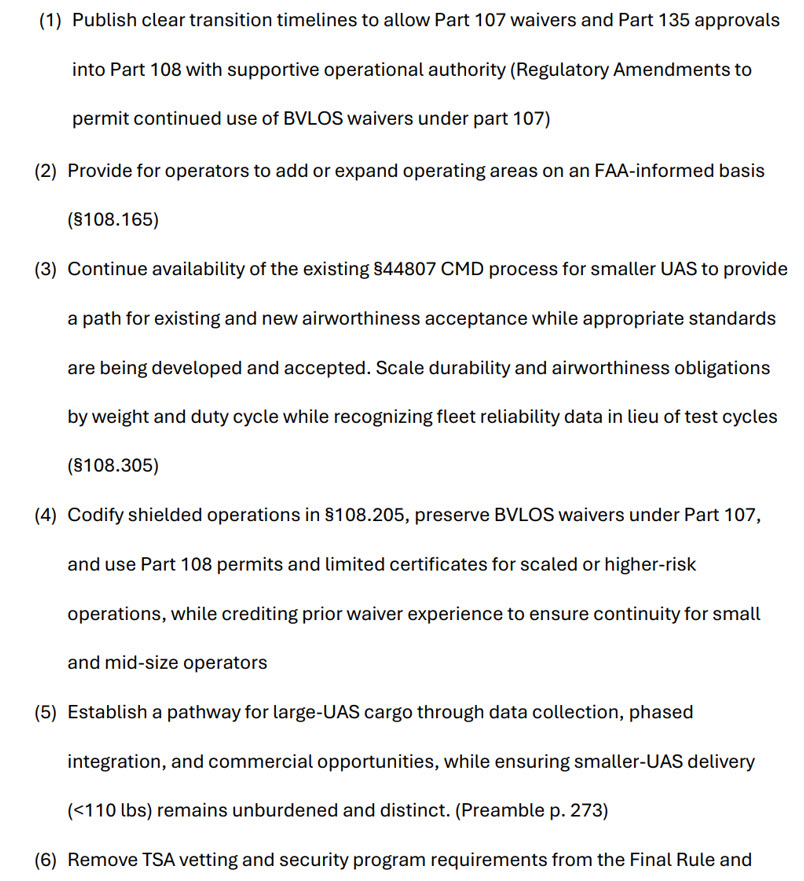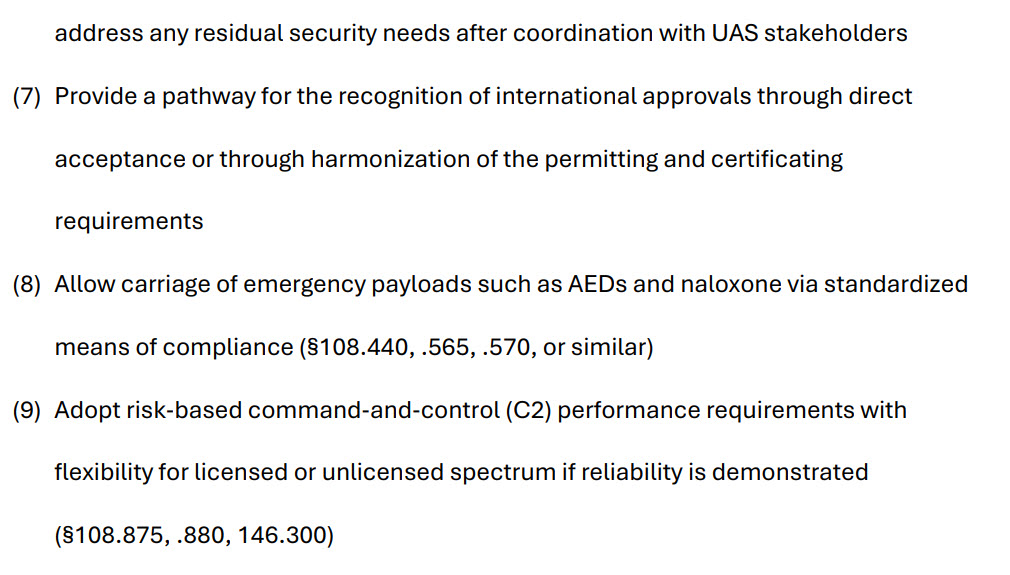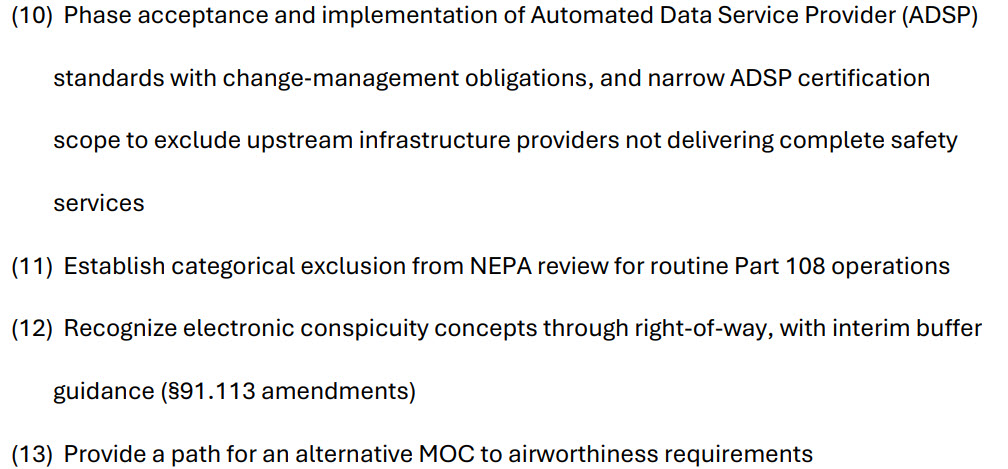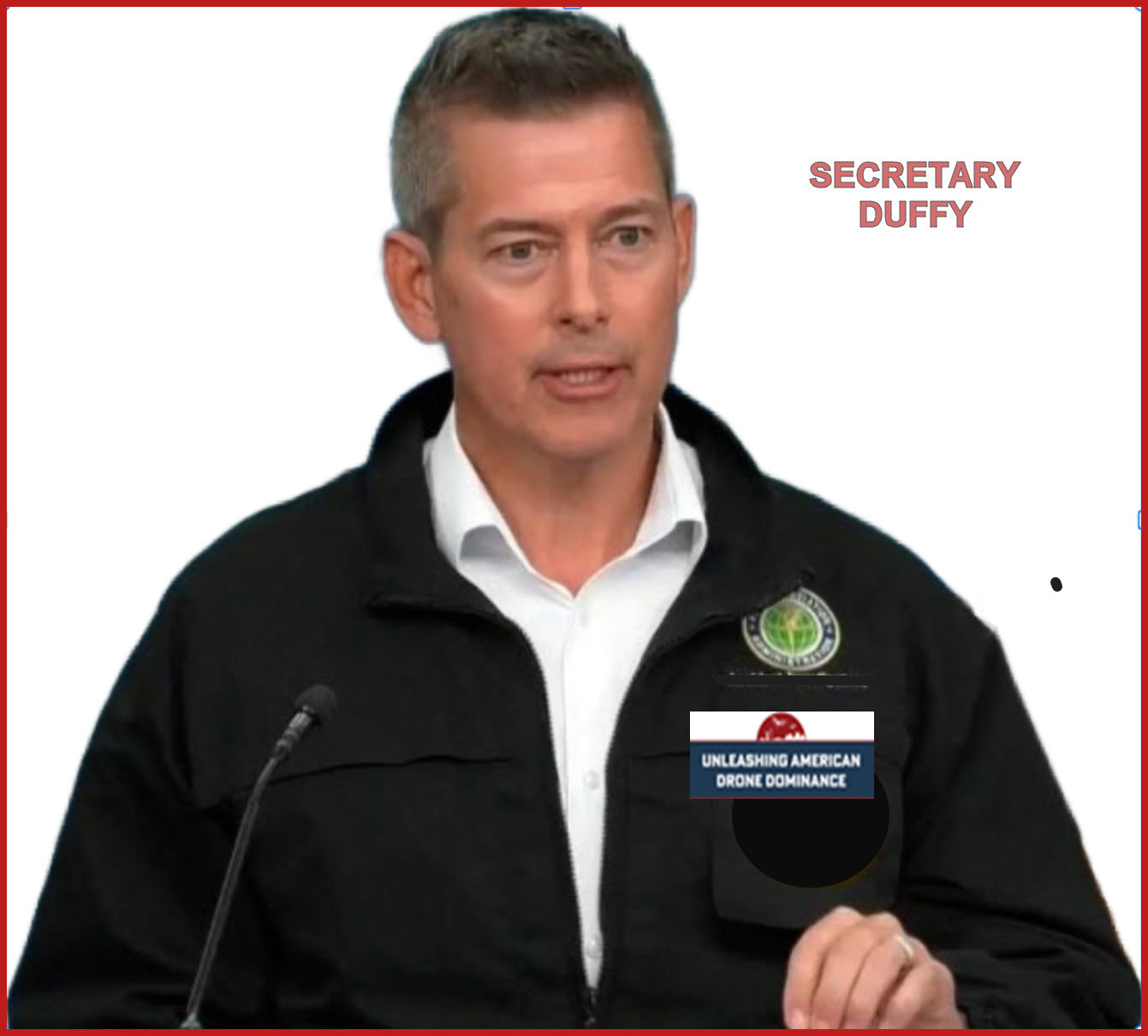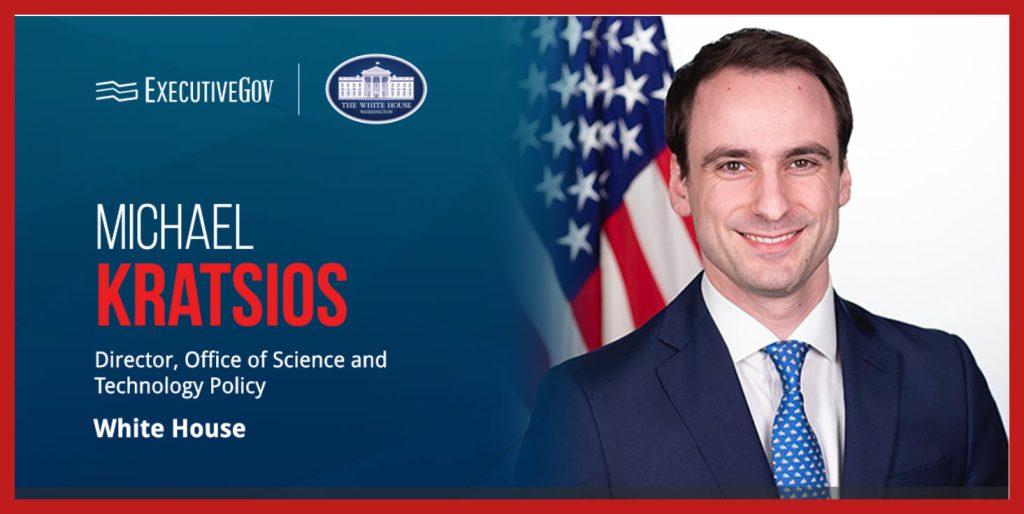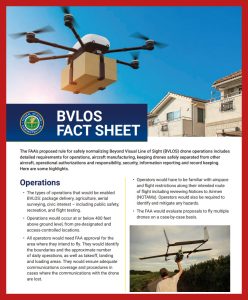Long term UAS safety is critical to industry’s success; super-FAST issue of BVLOS rule risks it?

The Federal Register recently issued a 731 page Final Rule document, revealed the much anticipated, long (?) awaited establishing the future operational limitations (freedom?)for BEYOND VISUAL LINE OF SIGHT for Unmanned Aircraft Systems (UAS).
Secretary Duffy (see below) touted this dramatic new regimen by saying: that the
“…new rule WI REFORM OUTDATED REGULATIONS that were holding innovators back while also enhancing safety in our skies. Thanks to President Trump, America – not China – will lead the way in this exciting new technology.”
Previously, operators would have to get individual waivers or exemptions to use their drones without visual line of sight. These were approved on a case-by-case basis, and the process was cumbersome. By eliminating these requirements for BVLOS operations, the proposal will significantly expand the use-case for drone technologies.”
Summary of this voluminous definition of what is allowed our the Trump/Duffy/ Kratsios/Bedford definition of what BVLOS flights are now permitted:
Generalization:
-
-
- up to. 1,320 pounds, to be flown below 400 feet above ground level, without mandating the drone be flown in the operator’s line of vision.
-
Performance-Based Compliance
-
-
- Operators must meet performance-based requirements using industry consensus standards.
- Replaces traditional aircraft certification with “airworthiness acceptance”, streamlining approval for drone designs.
-
Operational Categories
-
-
- Defines five categories of BVLOS operations, including flights over people and critical infrastructure.
- Each category has TAILORED REQUIREMENTS FOR SAFETY, EQUIPMENT, AND OVERSIGHT.
-
Automation and Flight Coordination
-
-
- Emphasizes automated flight systems over manual pilot control.
- Requires flight coordinators to issue high-level commands, reducing direct human intervention.
-
New Personnel and Organizational Requirements
-
-
- Mandates trained operations supervisors and flight coordinators with security clearances.
- Requires Safety Management Systems (SMS) and organizational-level approvals, which may burden small operators and public safety agencies.
-
Collision Avoidance and Data Reporting
-
-
- Requires use of Automated Data Service Providers (ADSPs) for real-time flight tracking and deconfliction.
- Imposes stringent data recording and reporting obligations on operators.
-
Though the industry had constantly expressed that they BADLY WANTED a Big, New, Beautiful BVLOS set of parameters, some of their comments suggest that they had GOTTEN IT BADLY:
-
Pilot Institute Challenges FAA’s Proposed BVLOS Rules, Warns of “Undue Burden” on Small Operators
– HERE ARE some of their excellent comments as to the final rules safety and practical deficiencies
- Highlighted a critical flaw in the proposed requirement for part 108 aircraft to register under part 47’s n-number system rather than the existing part 48 drone registration framework. According to the organization’s analysis of faa data, only 406,000 n-numbers remain available after accounting for existing registrations, reserved numbers, and FAA holds.
- Pilot Institute strongly opposed the FAA’s proposed right-of-way rules that would require manned aircraft to yield to drones in certain circumstances, calling the framework INADEQUATE AND POTENTIALLY DANGEROUS.
- “Manned aircraft pilots are not adequately equipped to avoid unmanned aircraft operating at low altitudes,” the organization argued. “Drones, similar to large birds, are difficult to detect from inside the flight deck of a manned aircraft, particularly given that many drones can hover for extended periods.”
- The comment noted that balloons, gliders, paragliders, and skydivers lack the maneuverability to avoid a 110-pound aircraft traveling up to 100 mph, and questioned how government and public safety aircraft that don’t broadcast ADS-B for security reasons would interact with the proposed rules
- The proposed amendments would effectively eliminate any possibility for BVLOS operations under Part 107by removing visual line of sight requirements from the list of regulations subject to waiver.This represents a critical shift that will ground thousands of businesses currently conducting or planning to conduct legal BVLOS operations,” Pilot Institute
- Pilot Institutesharply criticized the proposed reporting and recordkeeping obligations in Part 108, arguing they “place an ▬►UNDUE BURDEN on fully autonomous BVLOS operations” and could favor large companies over smaller entrants. “This framework would compel operators to generate, store, and transmit substantial volumes of information, much of which may be redundant or of limited.
- safety value, driving compliance costs that scale with activity levels rather than operational risk,” the organization stated.
o Flight Coordinator Certification Gaps Raise Safety Concerns The absence of certification requirements for Flight Coordinators drew particular concern. Pilot Institute noted that while manned aviation requires aircraft dispatchers to be certificated under Part 65 with 200 hours of training at FAA-approved facilities, Part 108 proposes no comparable standardized testing or certification process.
o Population Categories Called “Unnecessarily Complex”
The proposed population density categories for operations over people came under fire as arbitrary and overly complicated. Pilot Institute argued that the requirement for Part 15 radio frequencies for Category 2 and above would disqualify every drone model currently operating legally under BVLOS waivers.“Areas with 10-25 people per square mile (Category 2 definition) are highly unlikely to generate sufficient interference to affect C2 signals,” the organization stated, noting that numerous waiver holders have safely conducted operations in urban environments for years without such issues.
· Enforcement and Operational Concerns Detailed
· US AVIATION GROUPS URGE ‘SAFETY FIRST’ APPROACH TO NEW DRONE RULES
-
- NBAA said the rule MUST ENSURE THAT “SAFETY IS THE HIGHEST PRIORITY” as the FAA moves to normalize BVLOS activity. “Many of our members who have operated manned aircraft for decades are now… “The proposed rule is foundational to advancing integration of UAS and other emerging technologies into the National Airspace System, but several issues must be addressed.”
- VAI CRITICAL OF FAA PART 108 BVLOS DRONE RULE
- “Right-of-way rules must continue to protect the least maneuverable aircraft; manned aircraft should retain precedence over UAS within the right-of-way hierarchy.” It added,
- “Detect-and-avoid systems must include redundant, overlapping systems (including onboard broadcast receivers for UAS systems and visual and/or acoustic systems) as part of a phased approach to ensure reliable avoidance maneuvers upon the effective date of Part 108.”
- “VAI is generally supportive of EC,” a spokesperson for the association told AIN, “but it LACKS THE TESTING, CERTIFICATION, AND RELIABILITY NEEDED TO WHOLLY RELY ON THE TECHNOLOGY AS A GUARANTEED METHOD TO DETECT AND AVOID. We’re proposing a phased approach, in addition to testing EC devices at scale, before EC is relied upon as the sole method to detect other aircraft.”
- “UAS must be required to carry ONBOARD BROADCAST-RECEIVING CAPABILITIES FOR DIRECT AIRCRAFT-TO-AIRCRAFT DECONFLICTION AND EMPLOY ADDITIONAL REDUNDANT SYSTEMS THROUGHOUT THE NAS—SUCH AS VISUAL, ACOUSTIC, OR OPERATIONAL MITIGATIONS—that ensure immediate and assured avoidance,” VAI added. “A PHASED APPROACH IS NECESSARY UNTIL SYSTEM PERFORMANCE AND EQUIPAGE RATES DEMONSTRATE THAT RELIANCE ON A SINGLE TECHNOLOGY CAN BE DONE SAFELY.”
These are comments submitted by parties who have been 1000% supportive of a expanded BVLOS operations. Their critiques fall generally towards SAFETY, unduly burdensome requirements and a lot of ill-conceived added operational flexibility. All are likely highly aware that an early UAS disaster likely could cause a public outcry to shut down the drones.
These objections raise the obvious question:
Why did the FAA/DoT failed to use the very institution established to flesh out these issues– the UAS Centers of Excellence[1]. The final rule did not cited any research that would supporting the final BVLOS rule from ASSURE – THE FAA’S CENTER OF EXCELLENCE FOR UAS RESEARCH
GETTING IT RIGHT NOW IS THE MOST EFFECTIVE PATH TO A FUTURE ROBUST UAS INDUSTRY. ASSURE’S SUBSTANTIAL RESOURCES COULD HAVE AND NOW COULD PROVIDE THE RISK ANALYSIS ON WHICH THESE ENTREPRENEURS WILL DEPEND ON THEIR FUTURES!!!
Trump’s Transportation Secretary Sean P. Duffy Unveils Rule to Unleash American Drone Dominance as Part of His Innovation Agenda
Tuesday, August 5, 2025
New rule will speed up drone deployment, enhance safety, and bring us closer to the future of aviation
WASHINGTON, D.C. — Today, U.S. Transportation Secretary Sean P. Duffy unveiled a NEW PROPOSED RULE – BEYOND VISUAL LINE OF SIGHT (BVLOS). This rule will unleash American innovation and safely integrate unmanned aircraft systems (UAS) into the national airspace system.
For more information about the proposed rule, see our fact sheet.
“We are making the future of our aviation a reality and unleashing AMERICAN DRONE DOMINANCE. From drones delivering medicine to unmanned aircraft surveying crops, this technology will fundamentally change the way we interact with the world,” said U.S. Transportation Secretary Sean P. Duffy. “Our new rule will reform outdated regulations that were holding innovators back while also enhancing safety in our skies. Thanks to President Trump, America – not China – will lead the way in this exciting new technology.”
Previously, operators would have to get individual waivers or exemptions to use their drones without visual line of sight. These were approved on a case-by-case basis, and the process was cumbersome. By eliminating these requirements for BVLOS operations, the proposal will significantly expand the use-case for drone technologies in areas like: manufacturing, farming, energy production, filmmaking, and the movement of products including lifesaving medications.
“Normalizing BVLOS flights is key to realizing drones’ societal and economic benefits,” said FAA Administrator Bryan Bedford. “Package delivery, agriculture, aerial surveying, public safety, recreation, and flight testing are just some of the uses we expect to see as we enable these innovative technologies while maintaining the safety of our National Airspace System.”
“Today’s NPRM is a bold, forward-looking step that helps unlock the full potential of BVLOS drone operations, transforming how we monitor infrastructure, deliver critical supplies, advance precision agriculture, and speed up emergency response. Under President Trump’s leadership, we are giving innovators a predictable, scalable pathway to conduct BVLOS missions, to ensure that the United States remains the global leader in drone technology. We look forward to public comment on this critical rulemaking,” said Michael Kratsios[2], Director of the White House Office of Science and Technology Policy.
The proposal also includes updated requirements for manufacturers, operators, and drone traffic-management services to keep BVLOS drones safely separated from each other and from manned aircraft.
Link to 4 page BVLOS Fact Sheet
[1] Mississippi State University (Lead institution),Embry-Riddle Aeronautical University,University of Alaska Fairbanks, Kansas State University, North Carolina State University, University of North Dakota, Ohio State University, Oregon State University, University of Kansas, University of Alabama in Huntsville, New Mexico State University, Texas A&M University, University of Mississippi, University of Maryland, University of Massachusetts Amherst, University of Florida, University of Texas at El Paso, University of Vermont, University of Tennessee, University of California, Davis, University of Central Florida, University of South Dakota, Wichita State University, University of Oklahoma
[2] Kratsios graduated from Princeton University with a B.A. in politics and a certificate in Hellenic studies in 2008. After college he worked for Barclays Capital and Lyford Group International, the chief financial officer of Clarium Capital Management and a principal at Thiel Capital and served as chief of staff to entrepreneur and venture capitalist Peter Thiel
